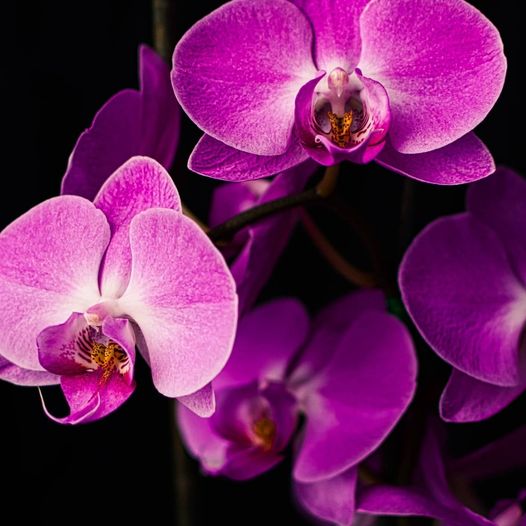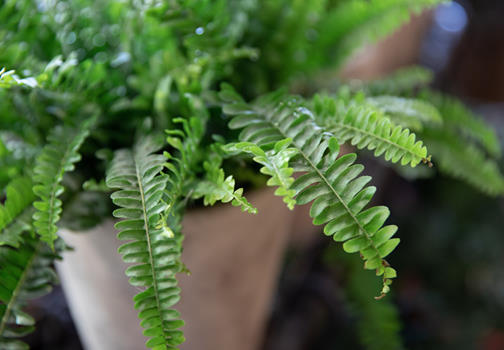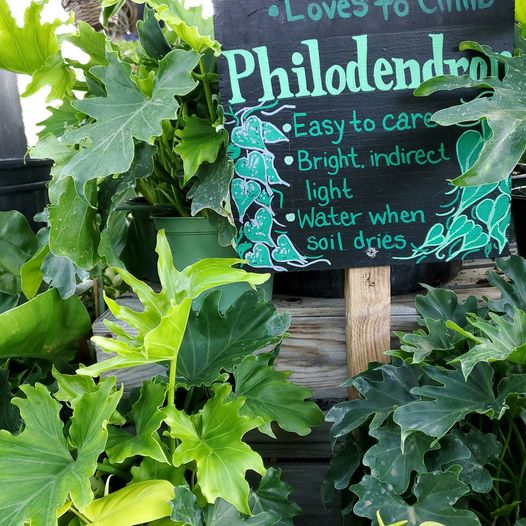
It’s time to turn your bathroom into your own personal green oasis. Plants make the space more pleasant, add to the décor, and improve air quality. It’s also easy to water and mist your plants in a space that has a water supply close at hand. The high humidity levels of the bathroom can be the ideal environment for many houseplants. In general, you need to choose plants that thrive on humidity, can tolerate temperature fluctuations and are suited to the lighting conditions in your space.
Ferns: Most can handle the temperature fluctuations in a bathroom, and they love the humidity. Some can even be grown right in a shower stall, where they are regularly soaked. Some recommended ferns for the bathroom include Boston fern (Nephrolepis exaltata), maidenhair fern (Adiantum spp.), bird’s nest fern (Asplenium nidus), and button fern (Pellaea rotundifolia).

Orchids: Many orchids are ideal for bathrooms that do not get too cold. Some species are planted in soil, while others are epiphytes (air plants) that absorb moisture from the air. Orchids can bloom for weeks, and since they are smallish plants, you can cluster several together for quite a show. Some prefer moderate light; others need bright light.
Peace Lilies: They are elegant plants that require minimal care. They do best with regular watering and appreciate the humidity in the bathroom. Do not allow the soil to remain dry for extended periods of time. Peace lilies do well in limited light; however, if your plant is not flowering, it may need a slightly brighter location. When feeding, use a very diluted fertilizer mix.
Philodendrons: They are truly tropical plants that love bathroom conditions. There are varieties that vine or trail with stems as much as 20 feet long, and others that grow upright several feet. Both types are relatively easy to grow. If you water this plant too much or too little, the plant will let you know by dropping its leaves. It prefers consistently moist soil. Philodendrons need bright, indirect light; too much shade makes stems spindly.

Croton: You will find croton plants in an assortment of colored foliage. These tropical broadleaf evergreens grow slowly, but they can get 6 feet tall and 3 feet wide, so be sure you have space for one. Croton plants need bright, but indirect light, and lots of humidity and moisture, although they do not like to sit in wet soil. Wait until the top two inches of soil are dry before watering. Reduce watering in late fall and winter.
Air Plants: The term “air plant” refers to any of roughly 500 different species of flowering perennial plants in the Tillandsia genus, a part of the Bromeliad family. These are plants that require no soil for their roots. Instead, they extract moisture from the air, making them a perfect fit for the humid environment of a bathroom. They do best in bright, filtered light conditions. and they can thrive under fluorescent lighting.
Adapted from articles in thespruce.com by Marie Iannotti









